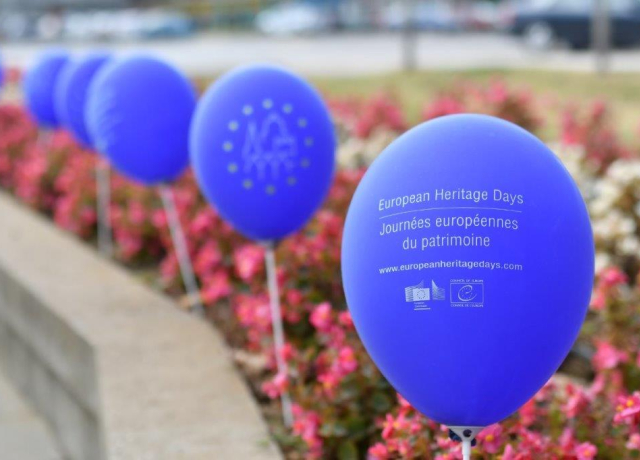A Month of Sharing Heritage Marked in Serbia
A Month of Sharing Heritage Marked in Serbia
Hundreds of cultural organisations and heritage groups have recently presented an outstanding programme of heritage events in Serbia. The 17th national edition of European Heritage Days was celebrated with over two hundred lectures, guided tours, concerts, exhibitions and children’s programmes.
Marking the common theme The Art of Sharing, the events in Serbia put a special emphasis on raising awareness about the importance of heritage preservation among children and young people. With this in mind, modern digital technologies were used extensively in order to spread the most important ideas across future generations of heritage custodians. The programme provided visitors with an unforgettable experience of discovering the diverse cultural, natural, material and immaterial heritage of Serbia.
Belgrade Heritage Highlights
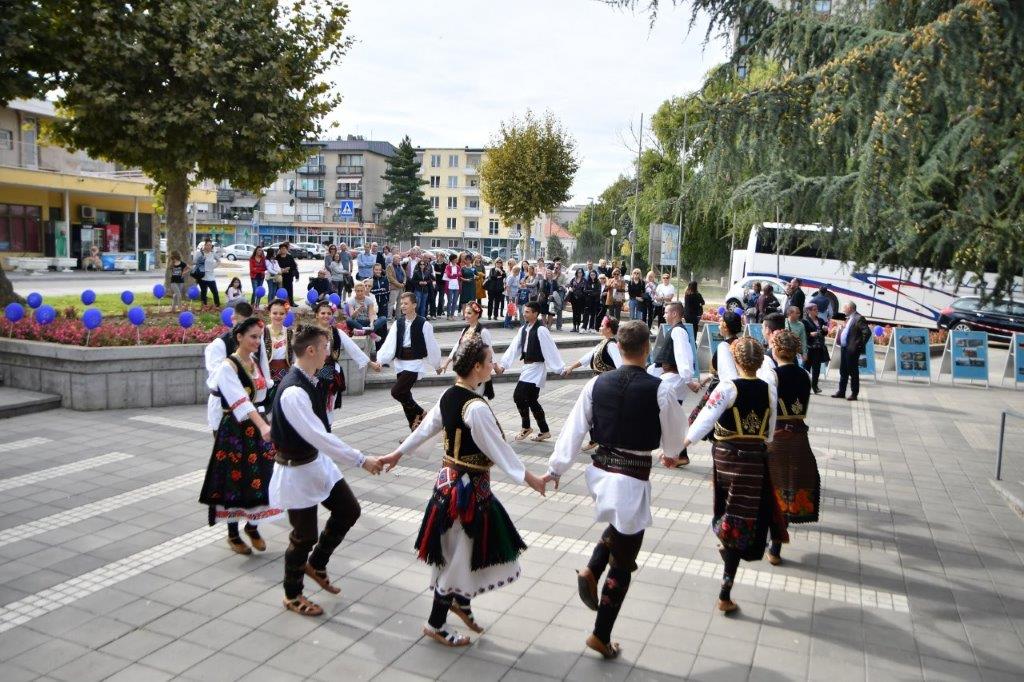
As the largest cultural and tourist center, the capital of Serbia traditionally abounded in cultural activities during European Heritage Days. The month-long events season symbolically begun with an exhibition titled “Modernism in Belgrade - Architectural Heritage of the Capital,” which focused on sharing the most valuable aspects of local legacy within the European dimension.
The exhibition took place on 10 September, displaying 44 architectural gems that tell a story about one of the most transformational periods in Serbia’s journey towards a shared European identity. In a statement for the local news portal, The Deputy Major of Belgrade, Goran Vesić, emphasised the importance of heritage preservation and protection:
“It is our responsibility to preserve all of these buildings. The Institute for the Protection of Cultural Monuments of the City of Belgrade has preserved more than 150 such facilities. By preserving these buildings, we are, in fact, preserving our own history and culture.”
In addition to the opening exhibition, several other events focused on celebrating the centuries-long history of Belgrade. On 15 September, a guided tour and a lecture on "The Remains of the Roman Defensive Walls at the Mehmed Pasha Sokolović Fountain on Belgrade Fortress" vividly demonstrated the eclectic fusion of different cultural influences that shaped Serbian cultural identity.
Another creative recollection of the old history and diverse tradition of Serbia was demonstrated at an outstanding event on October 6. The coreo-drama concept titled “Jefimija’s Golden Threads” presented the original collection of costumes inspired by the ruling class of medieval Serbia in a form of a dance performance with the title “Defence of the Love Walls.” The ambience of the past centuries shortly came to life in front of the audience of the Great Barrel Warehouse in Belgrade Old Town. The play of shadows, light and darkness, the glittering glass of unique jewellery and medieval armour replicas, as well as luxurious fabric of gorgeous costumes accompanied by music and stylized stage movements provided the atmosphere of ancient times.
Activities for the Youngest
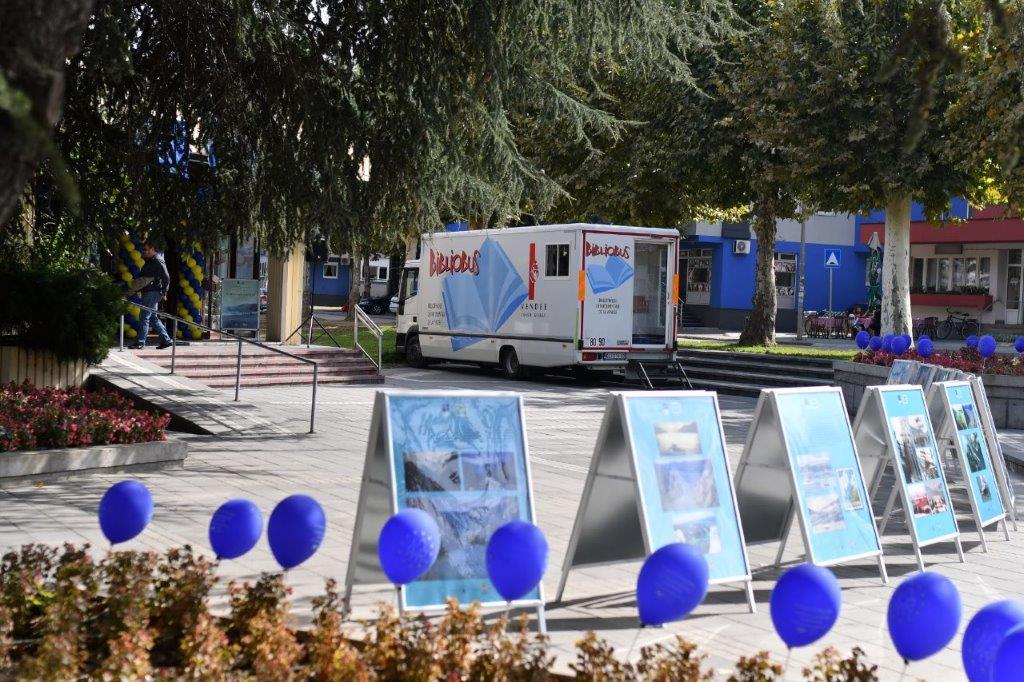
With a large number of creative workshops, guided tours and participatory lectures, children were inspired to take part in exploring their cultural environment. Among many exciting events, the youngest heritage enthusiasts had a chance to communicate their point of view at the exhibition on 18 September. Another attractive activity was “Children on the Heritage of Belgrade,” which encouraged primary school children to bring local heritage to life in their creative pieces.
Tradition and Art Meet Digital Age in Užice
Besides Belgrade, several other towns in Serbia joined European Heritage Days. A two-part heritage event took place in Užice on 3 September, presenting the history and culture of the town in an engaging way. The “Tradition and Art in Zlakusa” exhibition explored the similarities and differences between ceramics artefacts from the National Museum Užice and the newly created pieces by the artists at Zlakusa Art Colony. The second part of the programme used several digital forms to express the attitude of young people towards their town in connection to its European perspective.
Cross-Border Celebration of the Heritage of Djerdap
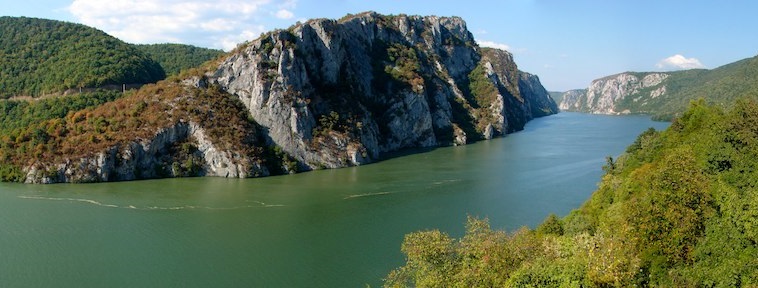
One of Serbia’s most impressive natural heritage gems, Djerdap Gorge, was the focus of European Heritage Days celebrations in Kladovo and several other surrounding towns. Also called The Iron Gate, Djerdap is a 134 km-long gorge on the border between Serbia and Romania, separating the southern Carpathian Mountains from the Old Mountain range.
Its rich natural, historic, and cultural heritage was showcased in Kladovo through several thematic exhibitions at the local Centre for Culture. The Centre for Culture Library presented “Custodians of Intangible Heritage of Danube – the Art of Sharing,” while the regional museum in Drobeta-Turnu Severin in Romania participated with the exhibition “The Iron Gate.” The event was also joined by the Institute of Ethnology and Folklore Studies and Ethnographic Museum of Bulgarian Academy of Arts and Science, which presented “The Water Bridge of Djerdap – From Stones to Concrete” together with the regional coordinator for immaterial cultural heritage for East Serbia.
In the nearby municipalities, Krajina Museum in Negotin presented the results of the project dedicated to improvement of archaeological sites on a part of the Danube Limes. The visitors could also join the tours of the Archaeological Museum of Djerdap, the archaeological site Diana Zanes – Kartas, and the Golubacki Grad fortress.
Belgrade Museum of Science and Technology also had an exhibition dedicated to the heritage of Djerdap. Titled “Sailing along the Danube and the Djerdap Gorge,” the exhibition presented the heritage of one of the most recognisable landscapes of Serbia.
Women as the Pioneers of Early Pharmacy
The Faculty of Pharmacy of the University of Novi Sad joined European Heritage Days 2018 with a unique event. Focusing on women who helped establish and develop pharmacy in Serbia, the exhibition presented women’s legacy in the history of pharmaceutic, medical, and cosmetic treatments.
The Cultural Magnificence of Bač
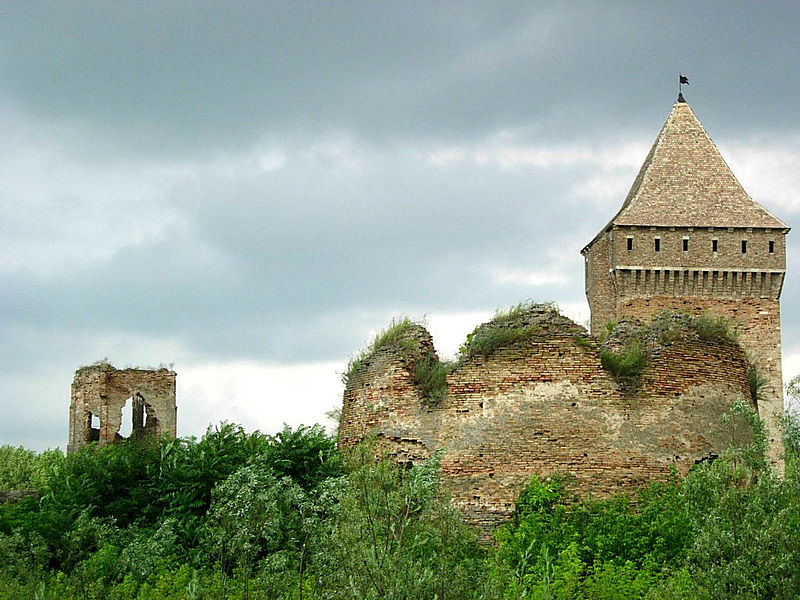
As over a decade-long local cultural festival, European Heritage Days in Bač evolved into one of the most significant cultural events in the town – “Days of Bač.” Recently awarded with the EU Prize for Cultural Heritage / Europa Nostra Awards for 2018, the striking medieval Bač Fortress was the focal point of a rich cultural programme with a remarkable medieval Knights’ Village. The event re-enacted ancient traditions through exciting medieval games, workshops, and exhibitions. In addition to this, the heritage community of Bač presented numerous other spectacular activities for thousands of new visitors.
Wrapping up another successful season of heritage sharing, Serbia sent an inspirational message to thousands of citizens and visitors. It encouraged them to appreciate shared European traditions and discover the variety of aspects of their cultural environments.
Photo Credits: Wikipedia
